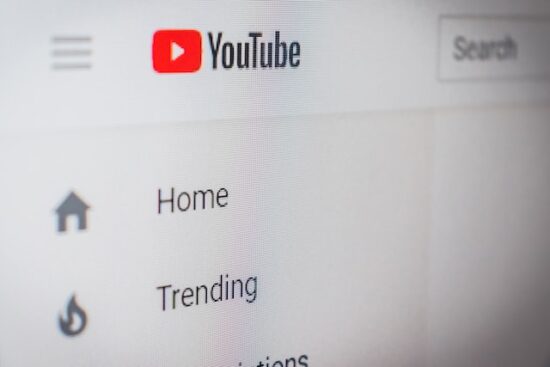Even when users tell YouTube they’re not interested in certain types of videos, the same recommendations keep coming, new research from Mozilla finds.
Using data from videos recommended by more than 20,000 YouTube users, researchers from Mozilla found that buttons like “not interested”, “dislike”, “stop recommending channel” and “remove from watch history” are very ineffective in prohibiting the recommendation of the same content.
Even at their best, these buttons still allowed more than half of the recommendations to be similar to ones a user said they weren’t interested in, the report said. At worst, the buttons barely made a dent in blocking the same videos.
To obtain data from videos and real users, researchers from Mozilla recruited volunteers who used RegretsReporter, a browser extension that overlays a generic “stop recommending” button on YouTube videos viewed by participants.
Users were randomly placed into groups, so different signals were sent to YouTube every time they pressed the button set by Mozilla – “dislike, not interested, don’t recommend channel, and remove from history”, and a control group for which no feedback was sent to the platform.
Using data obtained from over 500 million recommended videos, research assistants created over 44,000 pairs of videos – a “rejected” video and a video consistently recommended by YouTube.
The researchers then evaluated the pairs themselves or used machine learning to decide whether the recommendation was too similar to the video a user rejected.





